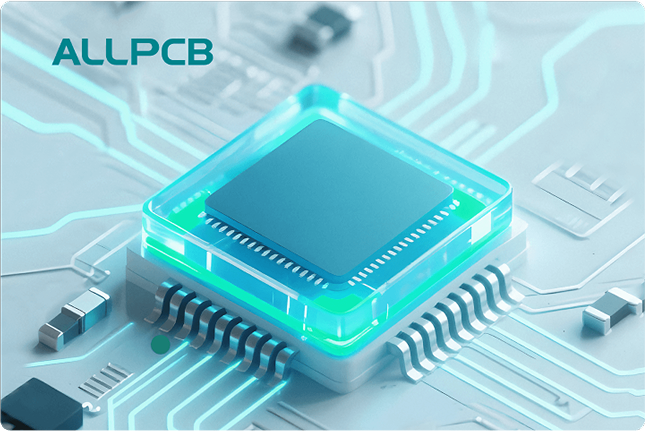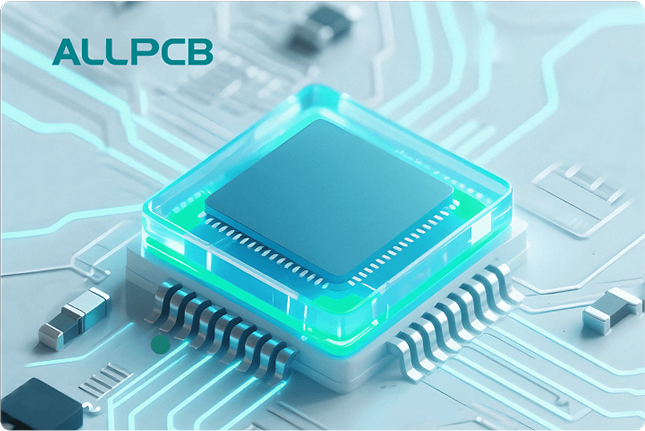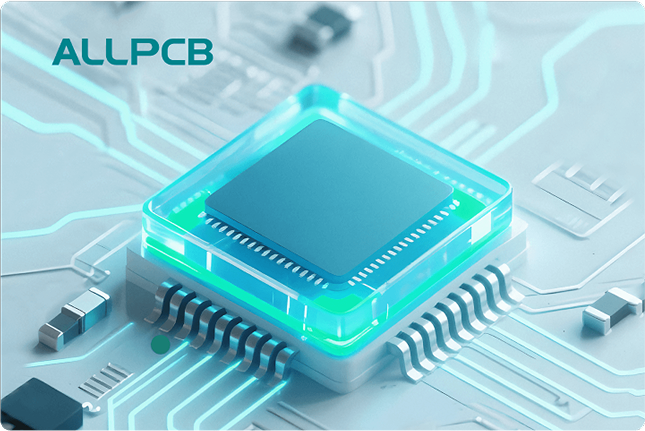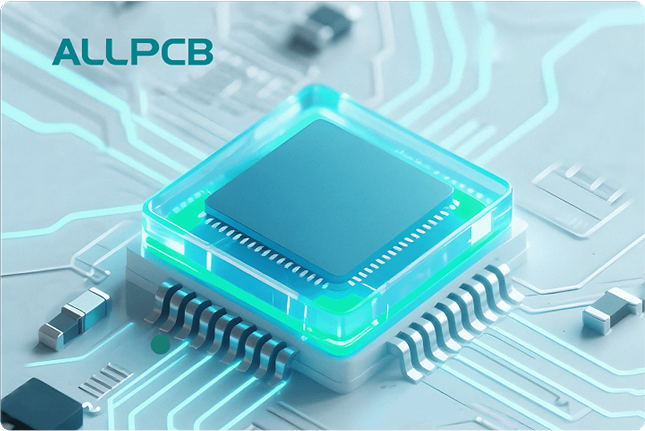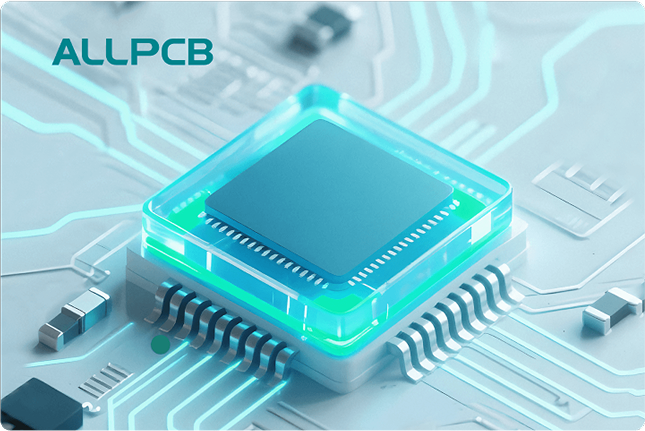Flux plays a critical role in wave soldering, ensuring strong, reliable solder joints for through-hole components on printed circuit boards (PCBs). Whether you're dealing with wave soldering defects, optimizing flux application, or aiming to improve wave solder joint quality, understanding the types of flux and their proper use is essential. In this comprehensive guide, we’ll explore how flux impacts wave soldering, the different wave soldering flux types, common defects related to flux, and actionable tips for optimizing flux in wave soldering processes to achieve the best results.
What Is Wave Soldering and Why Is Flux Important?
Wave soldering is a bulk soldering process widely used in PCB assembly, especially for through-hole components. In this method, a PCB passes over a wave of molten solder, which adheres to exposed metal surfaces and forms connections between components and the board. While the process is efficient for mass production, achieving consistent, high-quality solder joints depends heavily on the use of flux.
Flux is a chemical agent applied to the PCB before soldering. Its primary role is to clean metal surfaces by removing oxides and impurities, allowing the molten solder to wet the surfaces effectively. Without flux, solder may not bond properly, leading to weak or defective joints. Flux also helps prevent oxidation during the high-temperature soldering process, ensuring a strong and reliable connection.
In the following sections, we’ll dive deeper into the specifics of flux in wave soldering, including types, application methods, and strategies for improving wave soldering outcomes.
Understanding Wave Soldering Flux Types
Choosing the right flux is a foundational step in optimizing wave solder joint quality. There are several wave soldering flux types, each with unique properties suited to different applications and cleaning requirements. Let’s break down the most common types:
1. Rosin-Based Flux
Rosin-based flux, derived from pine tree resin, is one of the oldest and most widely used types in electronics. It comes in three subcategories based on activity level:
- R (Rosin): Least active, suitable for clean surfaces with minimal oxidation.
- RMA (Rosin Mildly Activated): Moderately active, effective for slightly oxidized surfaces.
- RA (Rosin Activated): Highly active, ideal for heavily oxidized surfaces but requires thorough cleaning post-soldering to avoid residue-related issues.
Rosin fluxes are popular for their excellent wetting properties, but residues may need to be cleaned to prevent long-term reliability issues.
2. No-Clean Flux
No-clean flux is designed to leave minimal residue after soldering, reducing the need for post-soldering cleaning. This type is ideal for applications where cleaning is difficult or costly. However, while residues are non-corrosive, they can still impact testing or coating processes if not managed properly. No-clean flux is a go-to for high-volume production aiming to streamline processes.
3. Water-Soluble Flux
Water-soluble flux, also known as organic acid flux, is highly active and effective for removing tough oxides. It’s easy to clean with water or aqueous solutions, making it environmentally friendly compared to solvent-based cleaning. However, thorough cleaning is critical, as leftover residues can be corrosive and lead to reliability issues over time.
4. Low-Solids or VOC-Free Flux
These fluxes contain minimal volatile organic compounds (VOCs) and are formulated for environmentally conscious manufacturing. They often align with no-clean or water-soluble properties, offering good wetting with reduced environmental impact.
Selecting the right flux depends on your PCB design, component types, and production goals. For instance, a complex board with through-hole components in a high-humidity environment might benefit from water-soluble flux with thorough cleaning, while a fast-paced assembly line may prioritize no-clean options.
Flux Application for Through-Hole Components
Proper flux application for through-hole components is crucial in wave soldering to ensure consistent solder penetration and joint formation. Through-hole components have leads that pass through the PCB, requiring solder to flow into the holes and create a strong bond. Here’s how flux is applied and optimized in this process:
Methods of Flux Application
Flux is typically applied before the PCB reaches the solder wave. Common methods include:
- Foam Fluxing: A foam of flux is generated using air pressure, and the PCB passes over it, coating the bottom side. This method is cost-effective but may result in uneven application if not controlled properly.
- Spray Fluxing: Flux is sprayed onto the PCB using nozzles, offering precise control over the amount and area of application. This method is ideal for high-density boards where uniform coverage is essential.
- Wave Fluxing: Similar to foam fluxing but using a wave of liquid flux, ensuring consistent coverage across the board.
Key Considerations for Through-Hole Fluxing
For through-hole components, flux must penetrate the holes to clean the leads and pads effectively. Insufficient flux can lead to poor wetting, while excessive flux may cause residue buildup. A typical guideline is to apply flux so that it covers 100% of the soldering area without pooling, ensuring it activates during preheating (usually at 80-120°C) before the solder wave (around 250-260°C).
Adjusting conveyor speed also impacts flux application. A speed of 1.0-1.5 meters per minute is often recommended to balance flux activation and soldering time, though this varies based on board design and flux type.
By fine-tuning the flux application method and quantity, manufacturers can significantly improve wave solder joint quality for through-hole assemblies.
Common Wave Soldering Defects Related to Flux
Even with the right flux, improper use or process control can lead to wave soldering defects. Understanding these issues and their relation to flux is key to troubleshooting and prevention. Below are common wave soldering defects linked to flux:
1. Insufficient Wetting
This occurs when solder fails to bond properly with the component leads or pads, often due to inadequate flux activity or insufficient preheating. For example, if flux doesn’t fully activate at temperatures below 80°C, oxides may remain, preventing solder flow. Using a more active flux or increasing preheat time can resolve this.
2. Bridging
Solder bridging happens when excess solder connects adjacent pins or pads, creating shorts. Over-application of flux can contribute by promoting excessive solder adhesion. Reducing flux quantity or adjusting spray patterns can minimize this risk.
3. Solder Balls or Splatter
Small solder balls or splatter on the PCB surface can result from flux outgassing during soldering. This is common with high-solids fluxes if preheat is insufficient (e.g., below 100°C). Ensuring proper preheat and using low-solids flux can mitigate this defect.
4. Residue-Related Issues
Excessive or corrosive flux residue can lead to electrical leakage or corrosion over time, especially in humid environments. For instance, water-soluble flux residues left uncleaned can absorb moisture and cause failures. Thorough post-soldering cleaning, or switching to no-clean flux, can address this.
By monitoring flux application and process parameters, such as preheat temperature and conveyor speed, many of these defects can be avoided.
Optimizing Flux in Wave Soldering for Better Joint Quality
Optimizing flux in wave soldering is a multi-step process that involves selecting the right type, applying it correctly, and fine-tuning the soldering parameters. Here are actionable strategies to enhance wave solder joint quality:
1. Match Flux to Board and Component Needs
Analyze the materials and conditions of your PCB assembly. For boards with heavy oxidation, use a highly active flux like RA rosin or water-soluble types. For cleaner surfaces or high-speed production, no-clean flux may be more efficient.
2. Control Flux Quantity
Apply just enough flux to cover the soldering area without excess. Over-fluxing can lead to residue buildup, while under-fluxing risks poor wetting. Modern spray fluxers allow precise control, often targeting a flux density of 500-1000 micrograms per square inch, depending on the flux type.
3. Optimize Preheat Settings
Preheat the PCB to activate the flux before it contacts the solder wave. A typical range of 100-120°C for 30-60 seconds ensures flux activation without evaporating it prematurely. This step is crucial for reducing defects like solder balls.
4. Monitor Solder Wave Parameters
The solder wave temperature (usually 250-260°C) and contact time (2-4 seconds) should align with the flux’s thermal properties. Too short a contact time may not allow full wetting, while too long can degrade flux performance.
Implementing these strategies can significantly improve wave soldering outcomes, ensuring strong, reliable joints for through-hole components.
Improving Wave Soldering Techniques with Flux
Beyond flux selection and application, improving wave soldering techniques involves a holistic approach to the entire process. Here are additional tips to elevate your results:
1. Regular Equipment Maintenance
Ensure flux applicators and solder wave machines are clean and calibrated. Clogged nozzles or contaminated solder can undermine flux effectiveness, leading to inconsistent joints.
2. Test and Inspect Joints
Conduct visual inspections and electrical testing post-soldering to identify defects early. For example, use a multimeter to check for continuity in through-hole joints, ensuring resistance values are within acceptable limits (e.g., below 0.1 ohms per joint).
3. Adjust for Environmental Factors
Humidity and temperature in the production area can affect flux performance. Maintain a controlled environment (e.g., 20-25°C, 40-60% humidity) to prevent flux degradation or excessive moisture absorption in residues.
By combining these techniques with optimized flux usage, manufacturers can achieve consistent, high-quality wave soldering results.
Conclusion: The Path to Perfect Solder Joints
Flux is the unsung hero of wave soldering, directly impacting the quality and reliability of solder joints in through-hole PCB assemblies. By understanding wave soldering flux types, mastering flux application for through-hole components, addressing wave soldering defects related to flux, and optimizing flux in wave soldering, manufacturers can achieve superior results. Whether you’re fine-tuning preheat settings, selecting no-clean flux for efficiency, or adjusting conveyor speeds, every detail matters in improving wave soldering outcomes.
At ALLPCB, we’re committed to supporting your PCB assembly needs with expert guidance and high-quality solutions. By applying the insights and strategies from this guide, you can elevate your wave soldering process and ensure optimal solder joint quality for every project.
 ALLPCB
ALLPCB


